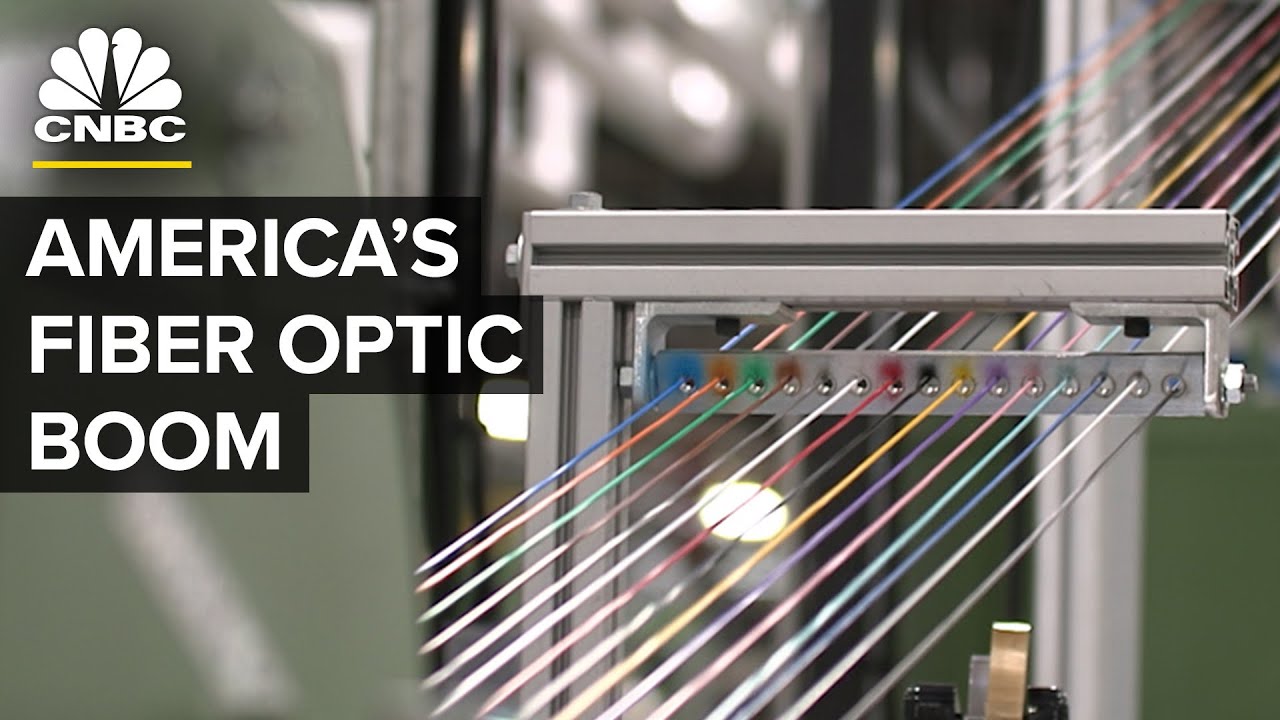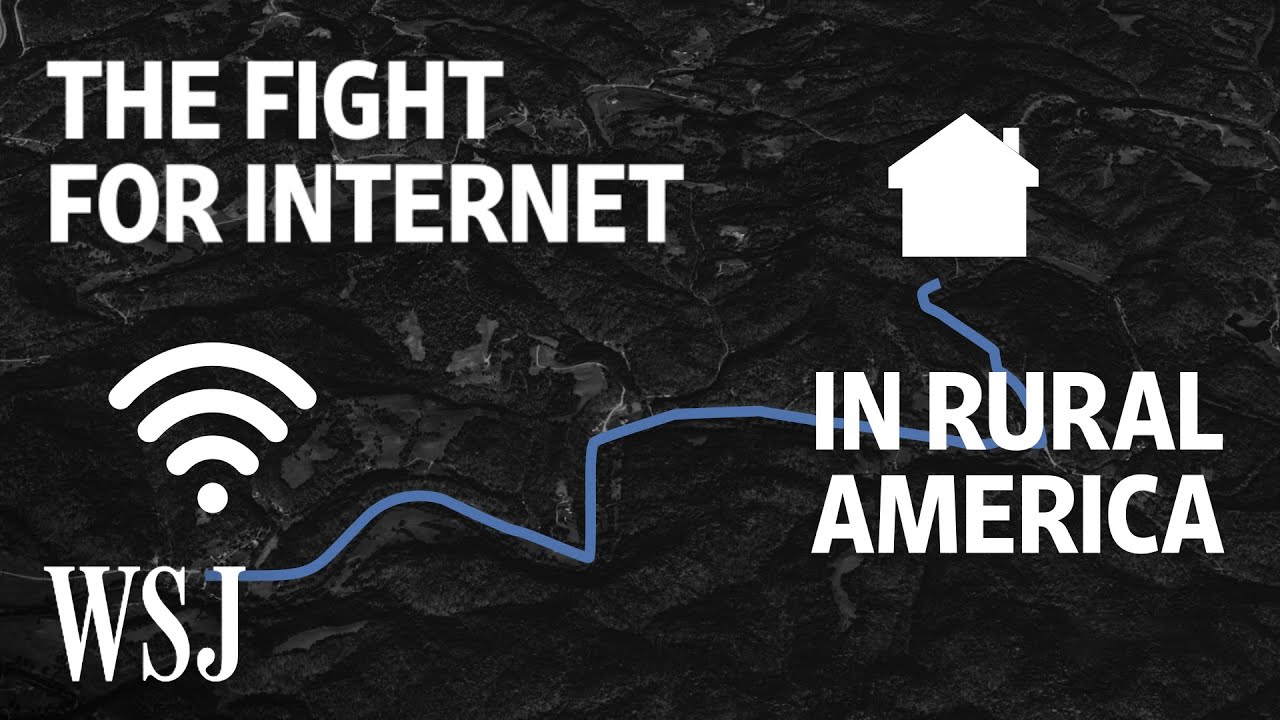SATELLITE • APRIL 22ND 2023
The Benefits of Satellite Broadband & HDTV Services in Arizona
Arizona is a vast and diverse state, with large cities like Phoenix, Tucson, Mesa, and Chandler, and rural areas like Flagstaff, Kingman, and Yuma. Despite the distances between them, one thing that unites many Arizonans is the need for reliable broadband internet and high-quality television service. For those living in remote or rural locations, satellite broadband and HDTV services may be the only options available.
Why Choose Satellite Broadband and HDTV Services?
- 1. Wide Coverage Area: The satellite coverage area is extensive, and the signal can reach even remote locations where other services are unavailable.
- 2. High-Speed Internet: The broadband speeds offered by satellite providers can be as fast as traditional landline services. This is particularly helpful for households with multiple devices, streaming services, and gamers.
- 3. Package Deals: Many satellite providers offer bundled packages that include TV, internet, and even phone service. This makes it easy to get all the services you need from one provider and can be more cost-effective than purchasing services piecemeal.
- 4. No Infrastructure Required: Unlike traditional cable and fiber optic services, satellite broadband and HDTV do not require extensive infrastructure or wiring. This makes it easier to install and less intrusive to the surrounding environment.
Remote and Rural Locations
For those living in rural or remote locations, satellite broadband and HDTV services may be the only options available. Many of these locations lack traditional landline infrastructure or connections to major urban centers. Here are some of the locations where satellite may be the only service available:
- Kingman
- Lake Havasu
- Winslow
- Bullhead City
- Payson
Don't Miss Out
With so many benefits to satellite broadband and HDTV services, it's easy to see why so many Arizonans are choosing this option. Don't miss out on the following perks:
- Access to High-Speed Internet
- Top-Quality TV Programming
- Bundled Packages for Convenience and Cost Savings
- Reliable Service in Rural and Remote Locations
Urban or Rural
Whether you live in a bustling urban center like Phoenix or a remote rural community, satellite broadband and HDTV services are an excellent choice for high-quality television and internet services. These services offer fast, reliable connection speeds, broad coverage areas, and a wide range of programming options. They can also be bundled together for cost savings and convenience. With so much to offer, it's no wonder that more and more Arizonans are opting for satellite broadband and HDTV services.
MazeCreator Cable • December 2025
What about Satellite Service?
Internet connection speed is more important than ever.
When it comes to internet speeds, HughesNet offers download speeds of up to 25 Mbps and upload speeds of up to 3 Mbps. Satellite internet services like HughesNet and Directv offer reliable and high-speed connectivity, but with a few key differences in package options, pricing, internet speeds, and availability. Both providers offer reliable connectivity and a range of package options, but it's important to do your research and read reviews before making a decision. Package Options Both HughesNet and Directv offer a range of package options to suit different needs and budgets. Some customers have complained about slow internet speeds and poor customer service, while others have had positive experiences. HughesNet offers four plans: 10 GB, 20 GB, 30 GB, and 50 GB, with monthly prices ranging from $59.99 to $149.99. HughesNet is currently offering a $50 rebate on their website, while Directv has a number of deals available on their website as well. To take advantage of these deals, call the numbers listed on their websites or compare packages to see which one is right for you. Availability HughesNet is available in all 50 states, while Directv is available only in certain areas. Directv, on the other hand, offers speeds of up to 100 Mbps, though this may depend on your location. In today's fast-paced world, having an internet connection that meets your needs is more important than ever. Directv offers four plans as well: Select, Entertainment, Choice, and Ultimate, with monthly prices ranging from $59.99 to $135.99. In this blog post, we will break down the differences between these two providers and help you choose the one that's right for you. It's always a good idea to read reviews and do your research before signing up for any service. Customer Reviews When it comes to customer satisfaction, both HughesNet and Directv have mixed reviews. Call the numbers above to learn more and take advantage of current promotions or deals.
MazeCreator Cable • December 2025
Can you put up a satellite dish?
Here is an excerpt from the FCC regarding
BSS (Broadcasting-Satellite Service) you may find interesting:
|
In the Matter of
The Establishment of
Policies and Service Rules for the Broadcasting-Satellite Service at the
17.3-17.7 GHz Frequency Band and at the 17.7-17.8 GHz Frequency Band
Internationally, and at the 24.75-25.25 GHz Frequency Band for Fixed
Satellite Services Providing Feeder Links to the Broadcasting-Satellite
Service and for the Satellite Services Operating Bi-directionally in the
17.3-17.8 GHz Frequency Band |
)
)
)
)
)
)
)
)
)
) |
IB Docket No.
06-123 |
1.
With this Report and Order (R&O), we adopt processing and service
rules for the 17/24 GHz Broadcasting-Satellite Service (BSS). This service will
introduce a new generation of broadband services to the public, providing a mix
of local and domestic video, audio, data, video-on-demand, and multi-media
services to U.S. consumers. In some cases, these services will complement
existing Direct Broadcast Satellite (DBS) services. Specifically, we adopt a
first-come, first-served licensing procedure for the 17/24 GHz BSS, as well as
various safeguards, reporting requirements, and licensee obligations. We also
adopt geographic service rules to require 17/24 GHz BSS licensees to provide
service to Alaska and Hawaii as discussed herein. In addition, we establish
rules and requirements for orbital spacing, minimum antenna diameter, and
antenna performance standards. Also, we establish limits for uplink and
downlink power levels to minimize the possibility of harmful interference.
Finally, we stipulate criteria to facilitate sharing in the 24 GHz and 17 GHz
bands. We also initiate a Further Notice of Proposed Rulemaking (FNPRM)
to address technical issues related to potential interference unique to the
reverse band operating environment. By these actions, we facilitate the
introduction of new and innovative services to consumers in the United States
and promote increased competition among satellite and terrestrial services.
For more information, please refer to the full Docket Published on the
FCC website.
CABLE • APRIL 23RD 2023
Don't Miss Out on Cable/Fiber Broadband & HDTV Services in Arizona
If you're a resident of Arizona, then you're in for a treat! As one of the biggest states in the US, Arizona is home to vibrant cities like Phoenix, Mesa, Tucson, Chandler, and Scottsdale. With the advancements in technology, the state has evolved to become a hotspot for cable/fiber broadband, and HDTV services. The range of options allows for residents to access high-speed internet and high-quality TV channels that cater best to their needs.
Why Cable/Fiber Broadband and HDTV Services are Must-Haves in Arizona
- High-Speed Connection: Cable/fiber broadband provides users with fast and reliable internet connections. It enables faster downloads, uploads, and streaming. This is essential for businesses that need to manage large amounts of data. Besides, it also helps in facilitating engaging online gaming and video chatting among friends and family.
- Variety of Channels: With HDTV, you'll have access to an array of channels that broadcast all kinds of shows and movies, including live sports coverage. This service also has a range of add-ons, such as parental controls, an electronic program guide, and different subscriptions that allow users to customize their packages.
- Cost-Effective: By bundling cable/fiber broadband and HDTV services, users save money on their monthly bills. There's no need to subscribe to different services or providers. It all comes in one consolidated package.
- No Data Caps: Cable/fiber broadband services do not impose data caps on users. Therefore, users have the freedom to stream or download their favorite TV shows and movies without worrying about exceeding their allotted data limits.
- Enhanced Online Learning: Remote work, and education are becoming the norm. Therefore, cable/fiber broadband and HDTV services are indispensable for remote learning. With a reliable internet connection, students can have access to learning resources and attend online classes without interruptions.
Remote and Rural Locations Where Satellite Might Be the Only Service Available
Unfortunately, remote and rural areas in Arizona don't always have access to cable/fiber broadband, and HDTV services. In such cases, satellite internet providers like HughesNet and Viasat offer a viable alternative. Residents living in places like Nogales, Benson, Mammoth, Snowflake, and Whiteriver can take advantage of satellite services to stay connected to family, work, and much more.
Don't Be Left Out!
Arizona is a state with a lot to offer. If you're living in one of the big cities, then you don't want to miss out on cable/fiber broadband and HDTV services. They offer fast internet, a variety of TV channels, cost-saving bundles, and no data caps. Even if you're living in remote or rural areas, satellite services like HughesNet and Viasat present a great option for staying connected. Sign up for these services today and enjoy all the benefits that they offer!
MazeCreator Cable • March 31 2023
The Ultimate Guide to Family-Friendly HDTV Programs in the USA
Top HDTV Programs to Watch Together
-
Mandalorian
Set in a galaxy far, far away, the Mandalorian follows the adventures of a bounty hunter as he tries to protect a mysterious "Child."
Main characters: The Mandalorian, Baby Yoda
Rating: TV-PG
-
Stranger Things
Set in the 1980s, Stranger Things is a sci-fi horror show that follows a group of teenagers as they try to save their friend, who has been taken by a mysterious creature from another dimension.
Main characters: Mike, Eleven, Dustin, Lucas, Will
Rating: TV-14
-
The Good Place
The Good Place is a comedy set in the afterlife, where a woman named Eleanor is mistakenly sent to the "Good Place" instead of the "Bad Place." She must keep her secret from the other inhabitants while trying to become a better person.
Main characters: Eleanor, Chidi, Tahani, Jason, Michael
Rating: TV-14
Locations that Make these Shows Unique
-
Mandalorian
The Mandalorian takes place in the Star Wars universe, with various locations visited throughout the series. Some of the notable locations include Tatooine, a desert planet with double suns, and Sorgan, a peaceful farming village.
-
Stranger Things
Set in the fictional town of Hawkins, Indiana, Stranger Things is a love letter to the 80s. With its suburban homes, small-town diners, and neon-lit arcades, the show captures the magic of a bygone era.
-
The Good Place
The Good Place takes place in a fantastical afterlife that is both intricate and whimsical. From the surreal architecture of the Good Place to the lava-filled pits of the Bad Place, the show's settings are as colorful and imaginative as its characters.
Sign Up Now for Access to These Great Shows!
Don't miss out on the best HDTV programs for families. Sign up now and start watching today!
Sign Up Now







